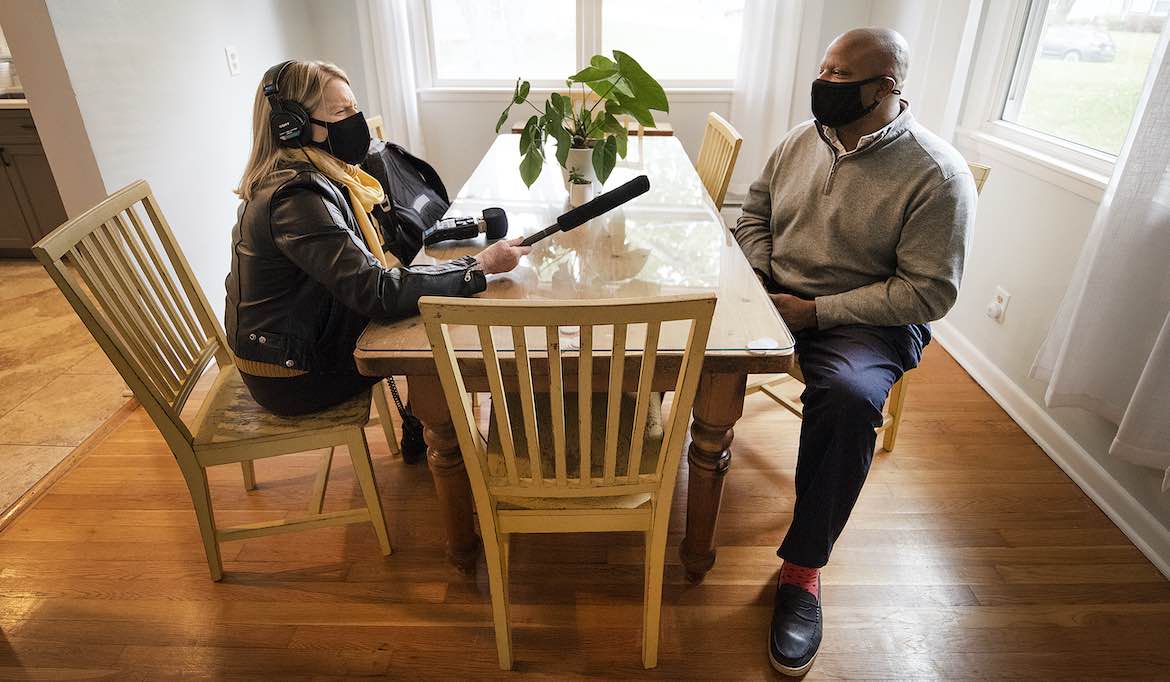Did CPB reallocate money illegally to create the Future Funds?
 Under the spending formula imposed on CPB by Congress in 1981, does the corporation have the authority to spend some of the portion reserved for stations by selectively giving out Future Fund R&D grants?
Under the spending formula imposed on CPB by Congress in 1981, does the corporation have the authority to spend some of the portion reserved for stations by selectively giving out Future Fund R&D grants?
When CPB created the TV Future Fund in 1995, it took half of the money from the 6 percent of its appropriation that the formula allocates to “system support” (see yellow portion of graphic at right). There is no dispute about that.
The dispute is about the half that CPB spent from the 73 percent of 75 percent of 89 percent (no kidding!) that is allocated to grants for stations (the pale blue portion at right). The latter is often called the CSG pool because the station grants are called Community Service Grants.
Some stations have questioned CPB’s right to give grants on a competitive basis through the Future Fund when half the money comes from the CSG pool, which traditionally has been split among all stations following a set of rules.
You can wade through the whole Section 396 of the Communications Act for yourself, but you can also scan the pertinent boldface phrases in a couple key provisions:
(k)(3)(A)(ii)(I)
The part below requires CPB to split the 89 percent between public TV and public radio and refers to the second part (6)(B), reproduced below this part.
Attorneys for North Carolina’s UNC-TV point out that the law directs the money to stations, below. The Future Fund, however, gave many grants to consultants and nonlicensees such as PBS.
(ii) Of the amounts allocated under clause (i)(III) for any fiscal year –
(I) 75 percent of such amounts shall be available for distribution among the licensees and permittees of public television stations pursuant to paragraph (6)(B); and
(II) 25 percent of such amounts shall be available for distribution under subparagraph (B)(i), and in accordance with any plan implemented under paragraph (6)(A), for national public television programming.
(k)(6)(B)
The first excerpt refers to the excerpt below, which tells CPB to give base grants to all public TV stations on the air and spend the balance of the CSG pool “in accordance with eligibility criteria,” “to promote the public interest …,” and following a formula that meets two other criteria below, i and ii.
CPB could and perhaps will argue that the Future Fund meets those requirements.
Attorneys for North Carolina’s UNC-TV say the reference to “each” station below is inconsistent with the Future Fund, which didn’t aid every station. But to an amateur reader of laws, the “each” provision seems to apply only to the base grant.
The Corporation shall make a basic grant from the portion reserved for television stations under paragraph (3)(A)(ii)(I) to each licensee and permittee of a public television station that is on the air. The Corporation shall assist radio stations to maintain and improve their service where public radio is the only broadcast service available. The balance of the portion reserved for television stations and the total portion reserved for radio stations under paragraph (3)(A)(iii)(I) shall be distributed to licensees and permittees of such stations in accordance with eligibility criteria (which the Corporation shall review periodically in consultation with public radio and television licensees or permittees, or their designated representatives) that promote the public interest in public broadcasting, and on the basis of a formula designed to –
(i) provide for the financial needs and requirements of stations in relation to the communities and audiences such stations undertake to serve;
(ii) maintain existing, and stimulate new, sources of non-Federal financial support for stations by providing incentives for increases in such support; and
(iii) assure that each eligible licensee and permittee of a public radio station receives a basic grant.






